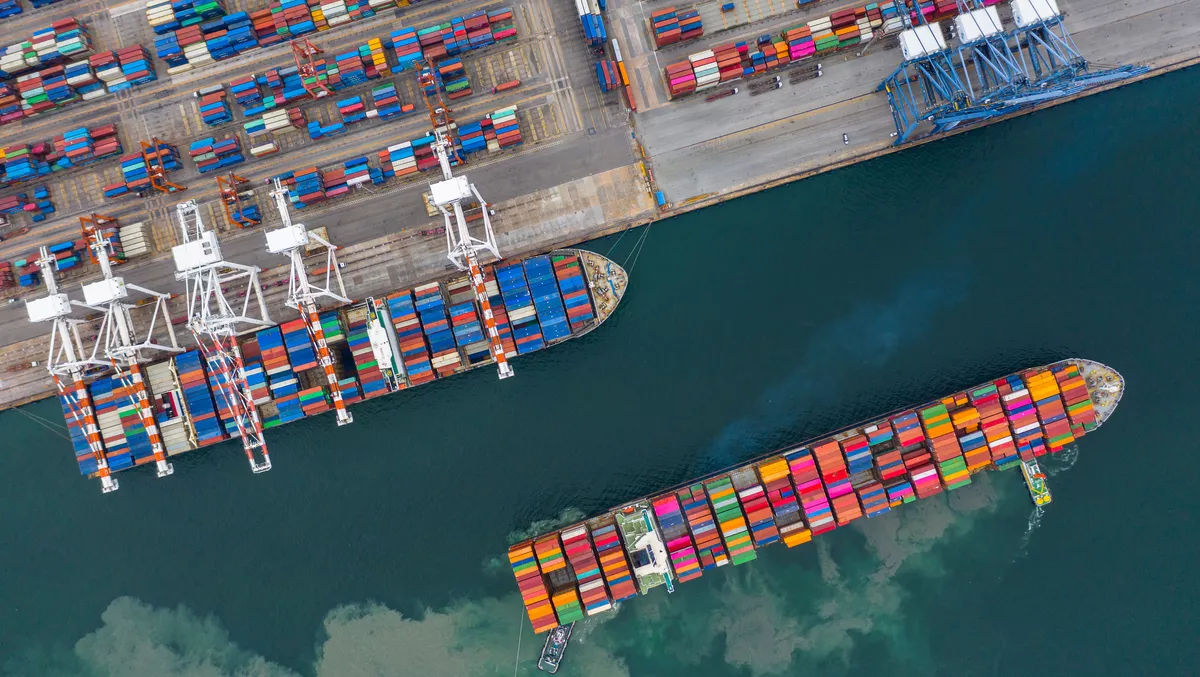
Automated Guided Vehicles at seaports to grow 26% by 2027
Global technology intelligence firm ABI Research says the worldwide use of Automated Guided Vehicles in seaports will exceed 150,000 deployments by 2027.
ABI Research says they will have a compound annual growth rate (CAGR) of more than 26% from 2022 to 2027. It says this will occur as global outbound freight volume crosses 13,000 million metric tons by 2027, at a CAGR of nearly 5% in the same period.
The company says seaports globally have increased their automation solutions or kickstarted automation initiatives to mitigate port congestion. For example, it says there's been the use of equipment like gantries, automated port gates, and stacking cranes.
AGVs transport containers and loads to and from ships and have been some of the most productivity-enhancing solutions in seaports.
ABI Research senior analyst in supply chain management and logistics, Adhish Luitel says automation enhances the reliability, consistency, predictability (via data analytics), and security of port operations.
"From an environmental perspective, automation can lead to lower energy consumption, resulting in a reduced carbon footprint. Automated ports are also far safer than conventional ports," he says.
"The number of human-related disruptions falls as performance becomes more predictable with automation and data capture solutions.
ABI Research says to complement the deployment of automated equipment, port authorities have also been investing in future-proofing infrastructure and introducing 5G/LTE private networks covering entire port premises.
It says recently, seaports have become a primary focus for the telco sector as cellular, private networks are imperative for streamlined operations of automated solutions, data capture via Internet of Things (IoT) sensors, and communications between devices or personnel.
ABI Research says telco providers like Vodafone and Huawei have been partnering with authorities to deploy private networks in various seaports worldwide. Similarly, vendors like AEye, VDL Automated Vehicles, and Konecranes have been deploying solutions, such as AGVs, automated cranes, and sensors, to integrate with the private network infrastructure.
"Streamlined automation in ports also highlights the need for huge volumes of timely data that is required to control and monitor all the moving assets," says Luitel.
"To enable automated solutions to function to their fullest and work with each other, ports need to provide a level of data reliability in a cost-effective manner. For this, wireless connectivity is the best option.
These findings are from ABI Research's Seaport Digital Transformation application analysis report. The report is part of the company's Supply Chain Management - Logistics and Industrial, Collaborative - Commercial Robotics research services, including research, data, and ABI Insights. Application Analysis reports present in-depth analysis of key market trends and factors for a specific technology based on extensive primary interviews.


